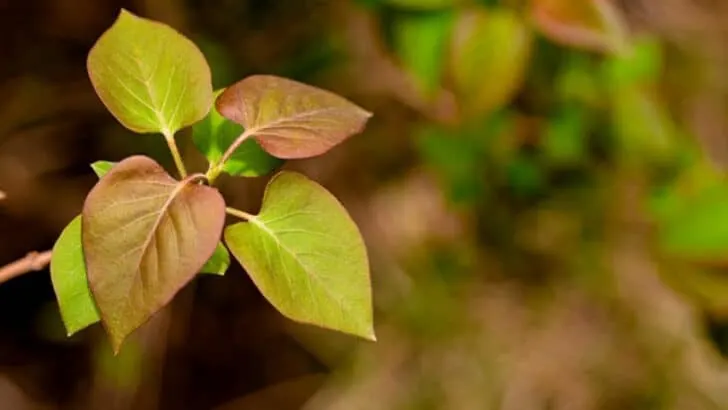Lilacs are beautiful plants that bring a wonderful smell to the garden and give it an enchanting and almost fairy-like appearance.
But like any other plant, lilacs can cause worry when they don’t grow as they should. One of the most common problems gardeners face when growing lilacs is that their leaves turn brown.
Table of Contents
Lilac Leaves Turning Brown
One of the main reasons why lilac leaves turn brown is bacterial blight, which is caused by Pseudomonas syringae. Another disease that can cause brown leaves is the fungal disease that powdery mildew brings. Insect attacks can also be the cause.
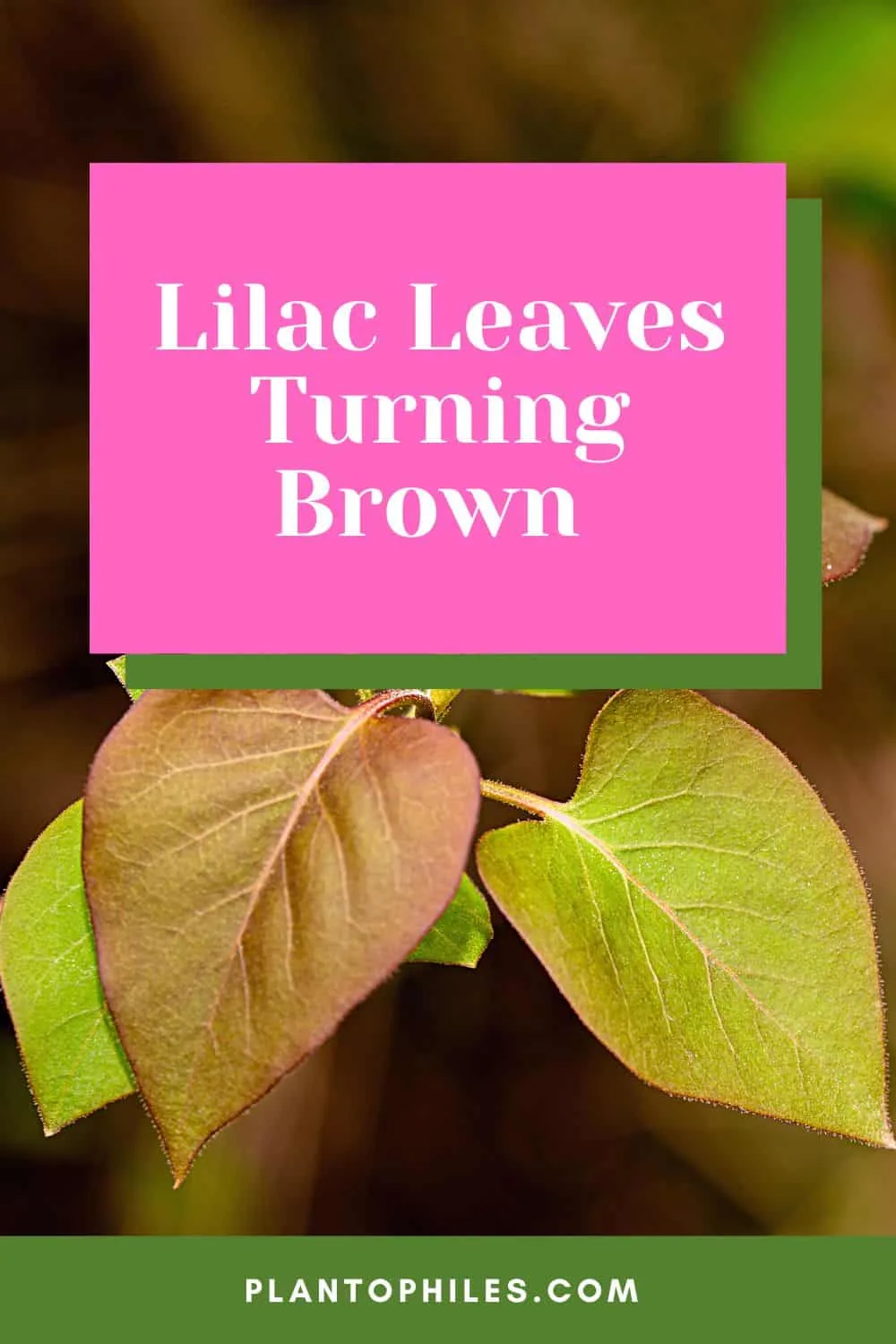
Why Lilac Leaves Turn Brown – 7 Main Reasons
The first thing you have to do when you notice the leaves of your beautiful lilac bushes turning brown is inspect the plants.
Take a closer look at your lilacs so you can determine why the leaves are changing color. It could be one of many causes, and finding the reason as soon as possible can help you save your plant.
1) Bacterial Blight
Bacterial blight is caused by an unpleasant bacterium called Pseudomonas syringae. This bacteria has negative effects on the stems of lilac plants as well as their leaves.
If Pseudomonas syringae has infected your lilac plant, you will notice brown or black spots on your plant’s leaves.
The leaves will also wilt away and start to drop off. You will have to remove these affected leaves and branches — it’s the only way to control bacterial blight.
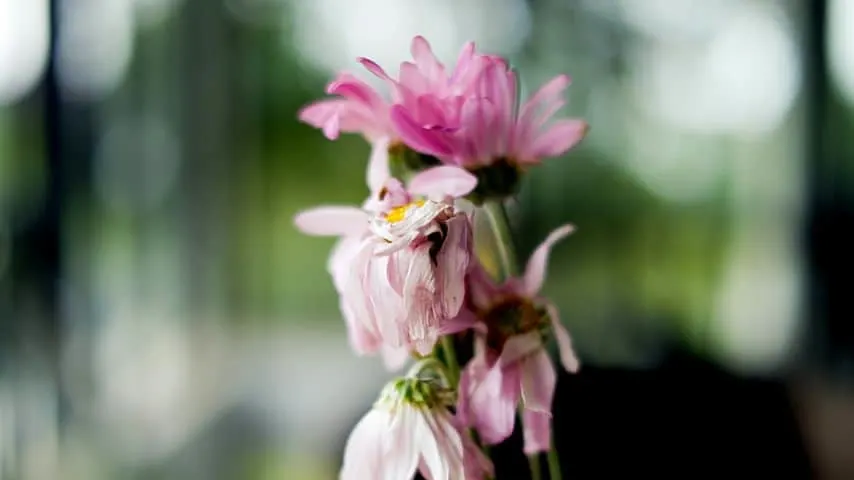
2) Powdery Mildew’s Fungal Disease
Leaf discoloration can also be caused by powdery mildew’s fungal disease, which is caused by Erysiphe cichoracearum. This plant disease, just like bacterial blight, affects the stems and leaves of lilac plants.
The symptoms of powdery mildew’s fungal disease include grayish-white or completely white powdery mildew on the affected areas.
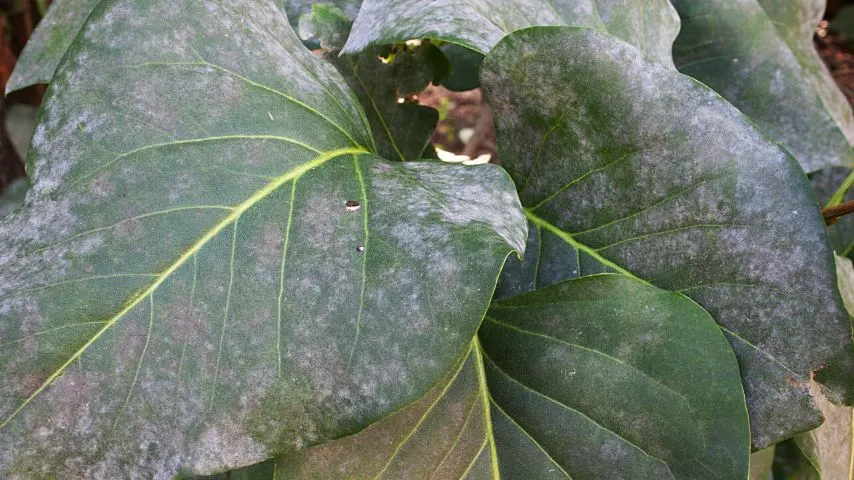
You should prune away all these areas if you want to bring the disease under control. A good fungicide that contains sulfur can also help to kill the fungus.
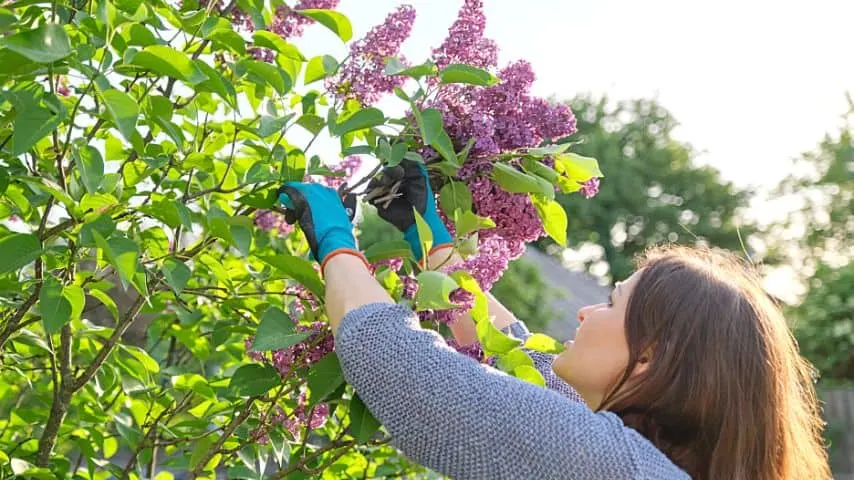
3) Frost Damage
Damage caused by cold weather and frost can also cause the leaves of lilac plants to turn brown. You will notice this damage on the tips or edges of the leaves, and you’ll have to prune them away.
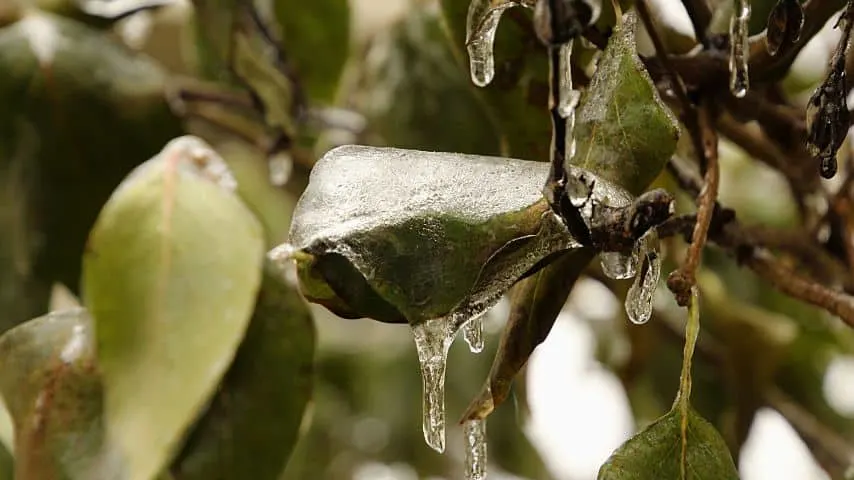
Through pruning, you will help the plant focus on its healthy parts rather than the damaged parts.
Also, do your best to further protect the plants against the biting weather by mulching around the bases and covering them with plastic tarps.
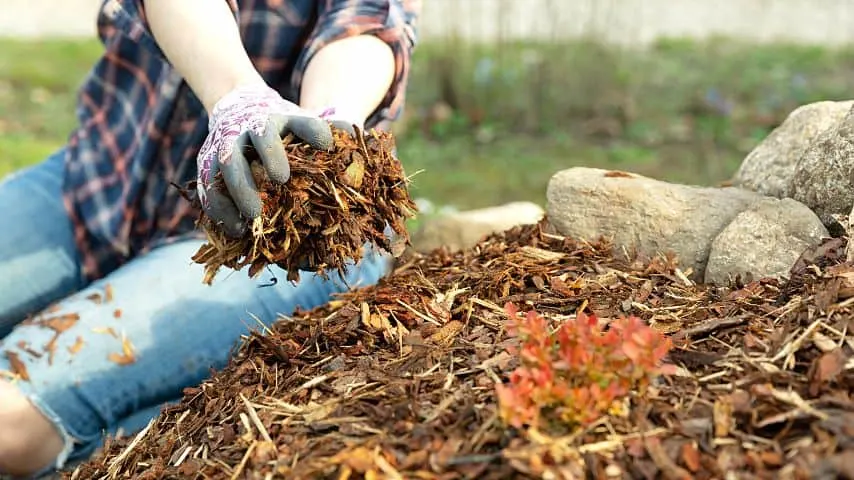
4) Sun Exposure
Prolonged sun exposure can seriously damage lilac plants (or any plant, for that matter). If that’s what’s causing trouble for your plants, their leaves may turn brown.
You should look out for this if your plants are located in sunny areas with direct sunlight.
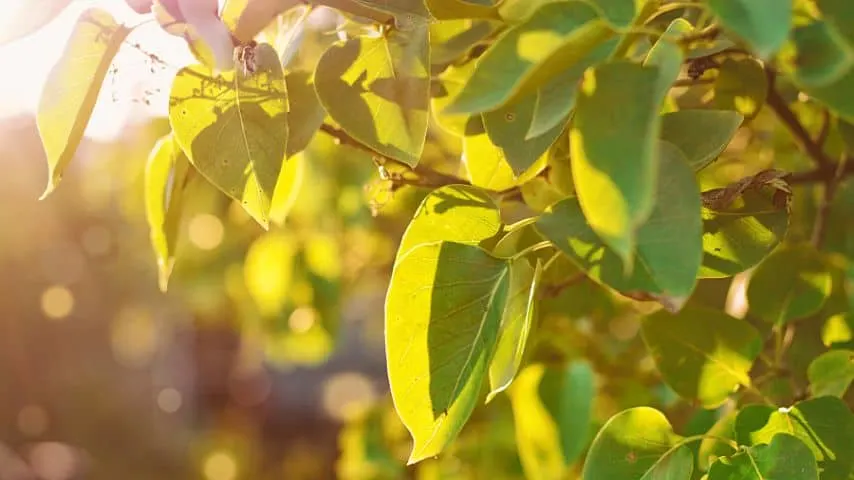
Prune away the damaged leaves and protect your plants against direct sunlight by putting up shades for them.
5) Insect Attacks
Insects like Japanese beetles and aphids can attack your lilac plants, which will cause their leaves to turn brown.
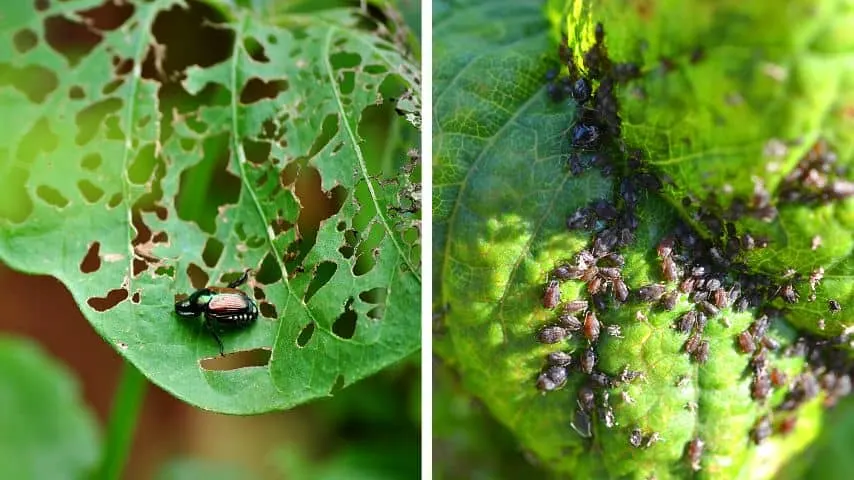
While Japanese beetles will eat the leaves, aphids tend to attack the undersides. Both these attacks will cause browning.
You will have to treat your plants with an insecticide if you suspect that these insects are the cause of your problems. You should also remove any of these insects if you notice them.
6) Lack of Water
If your lilacs don’t get the water they need, their leaves start turning brown. Water your lilacs regularly and ensure that their soil isn’t too dry.
If you’re watering frequently and still think your plant might be dehydrated, you can add organic matter to the soil so it better retains moisture. Mulching around the bases of your plants can help with this.
7) Hungry Herbivores
Does your garden have hungry visitors that could be munching away at your plants? Rabbits or deer that eat at your plants’ leaves can lead to them turning brown.

If that’s the case, keep these herbivores out by putting fencing around your plants. You can also treat your plants with repellents to deter these hungry herbivores.
Other Possible Reasons for Lilac Leaves Turning Brown
If the above-mentioned problems don’t seem to apply to your plants, there are a few other reasons that could be to blame:
- Exposure to insecticides or herbicides
- Virus attacks
- Nutrient deficiency
- Fungal diseases
Frequently Asked Questions About Lilac Leaves Turning Brown
How to Stop Bacterial Blight?
Bacterial blight is a common problem for plants that can be solved with aggressive pruning. You’ll have to cut back all the leaves and parts of the plant that has been affected. If you don’t cut away all these parts, the blight will spread to the rest of the plant and you’ll lose it completely.
Can You Prevent Bacterial Blight?
It is possible to prevent bacterial blight on lilac plants, which involves finding disease-resistant plant versions. If that’s not feasible, or your plants are already infected, immediately remove them. Avoid overhead watering and make sure to remove any diseased debris to prevent bacterial growth.
Conclusion Lilac Leaves Turning Brown
Lilac leaves are turning brown for the following reasons:
- Bacterial blight
- Powdery mildew
- Insect attacks
- Frost damage
- Incorrect sun exposure
- Lack of water
- Herbivores

Daniel has been a plant enthusiast for over 20 years. He owns hundreds of houseplants and prepares for the chili growing seasons yearly with great anticipation. His favorite plants are plant species in the Araceae family, such as Monstera, Philodendron, and Anthurium. He also loves gardening and is growing hot peppers, tomatoes, and many more vegetables.

